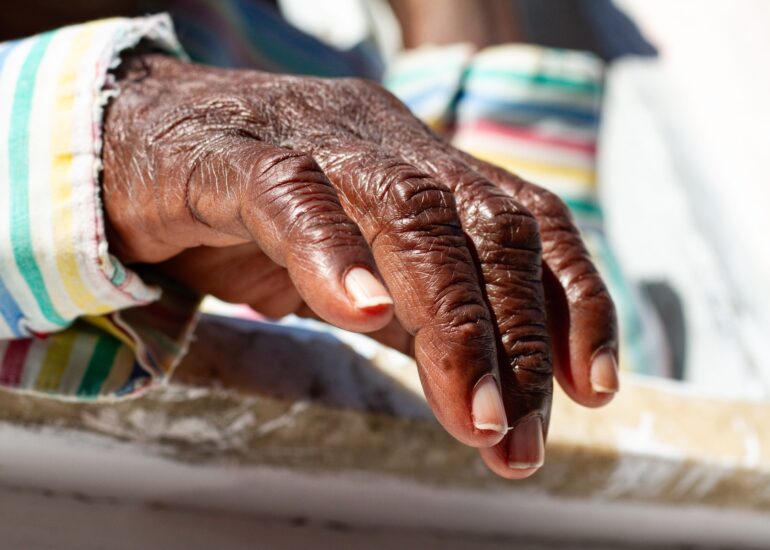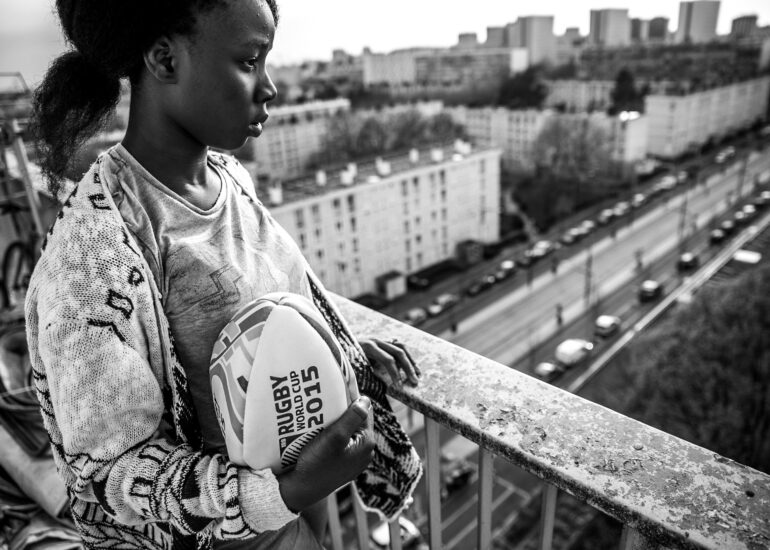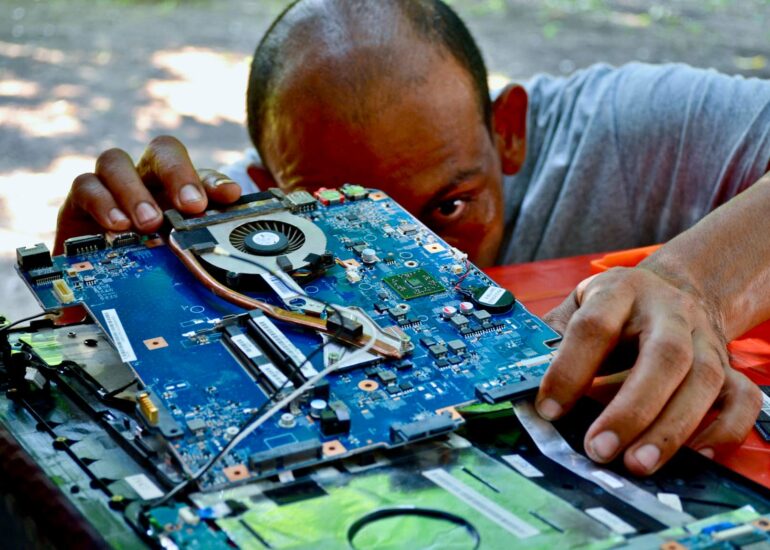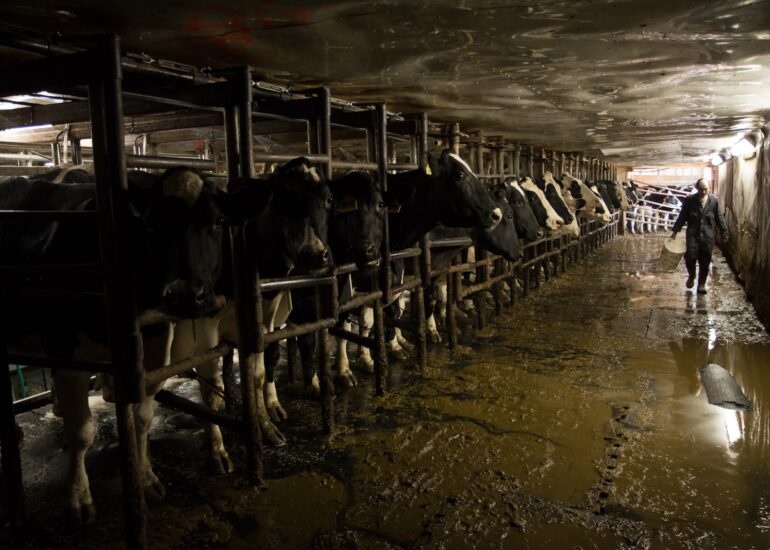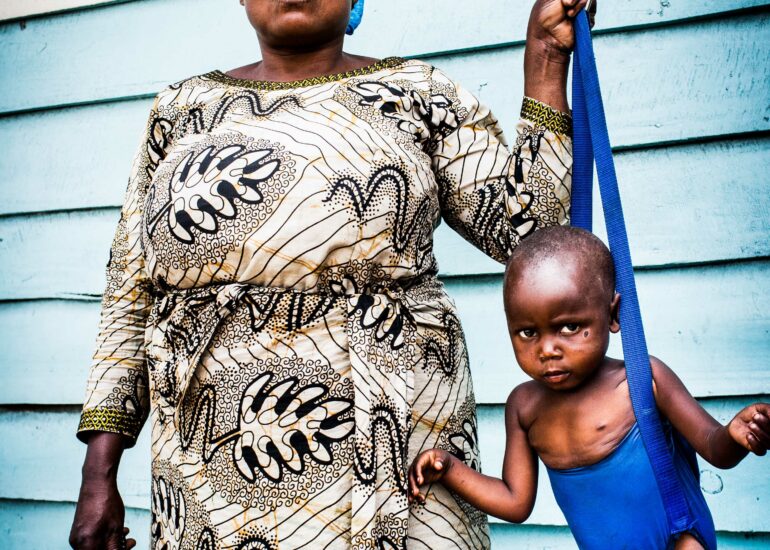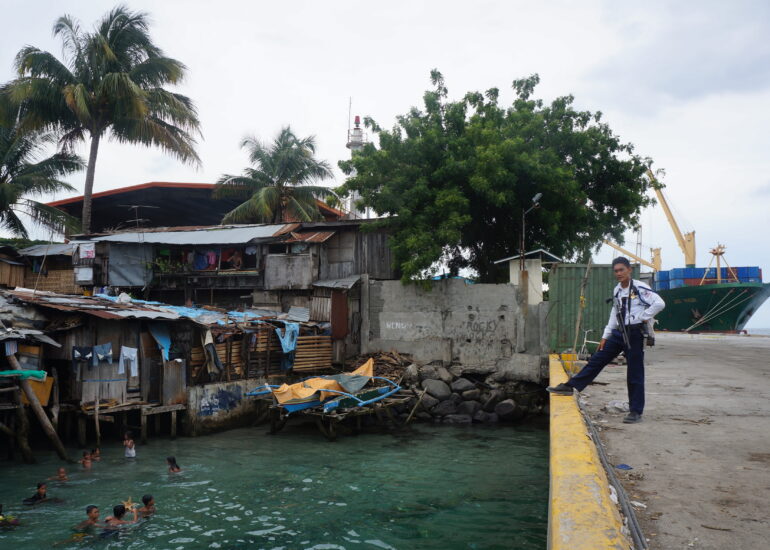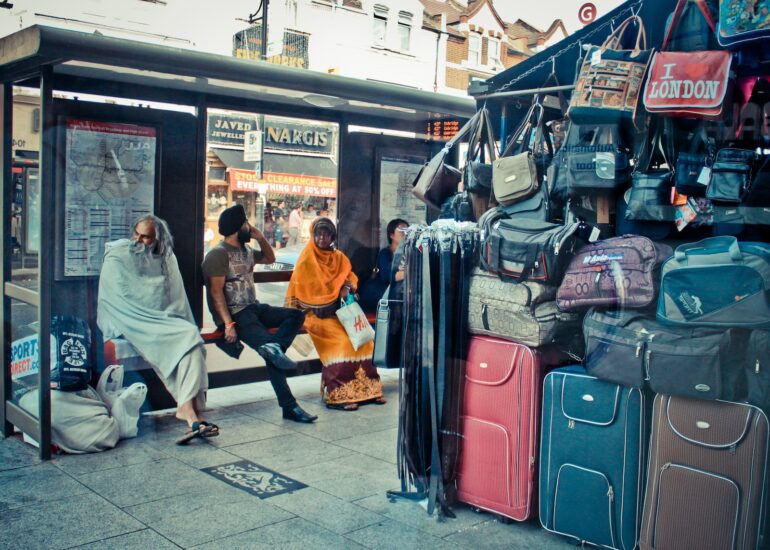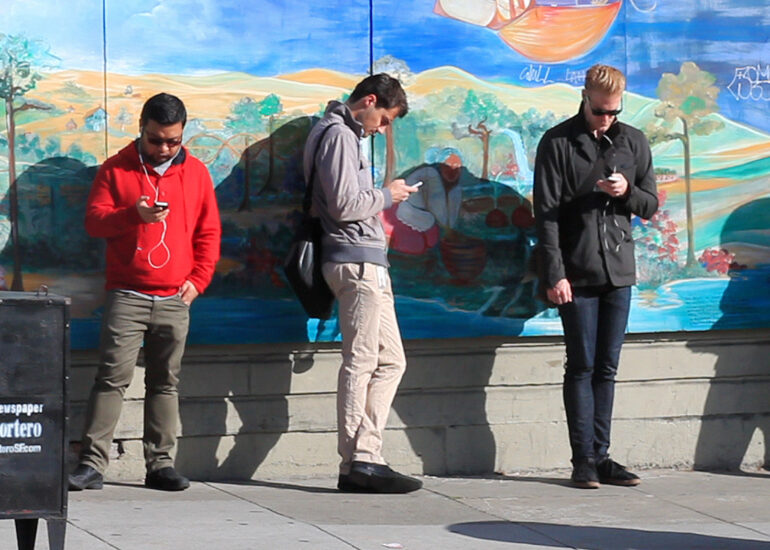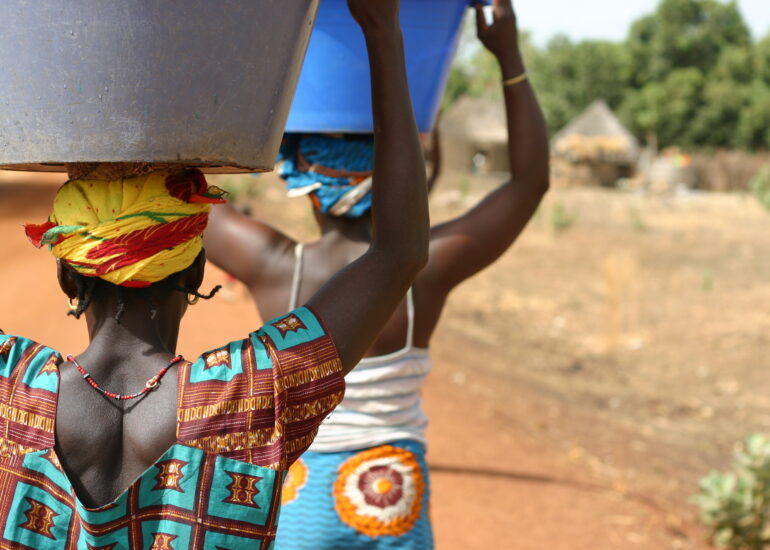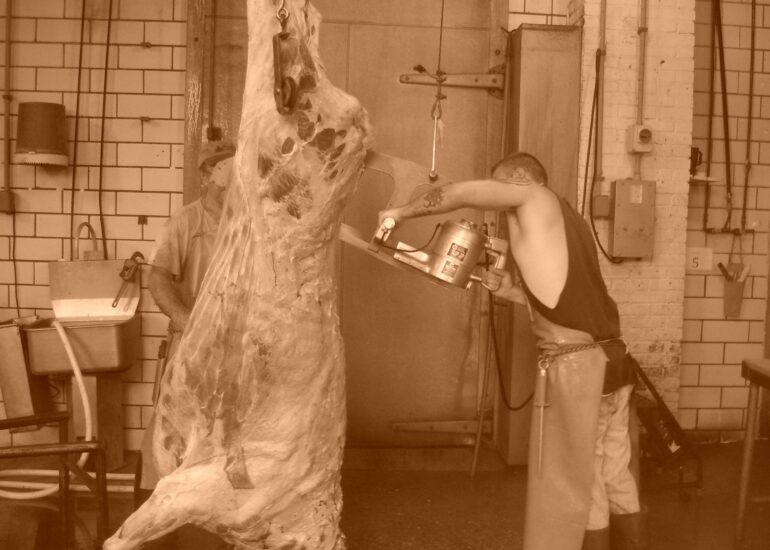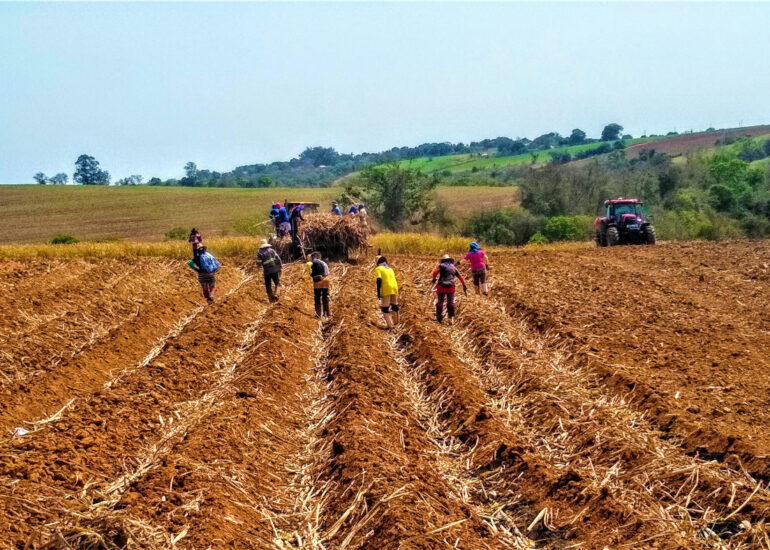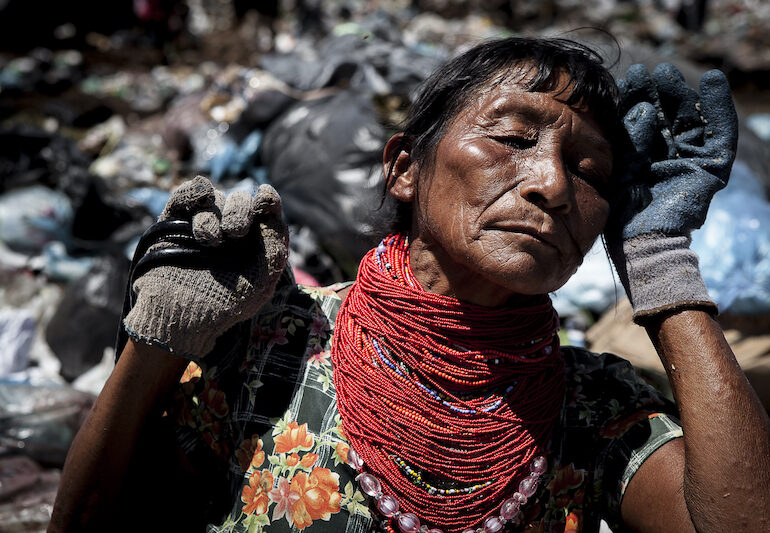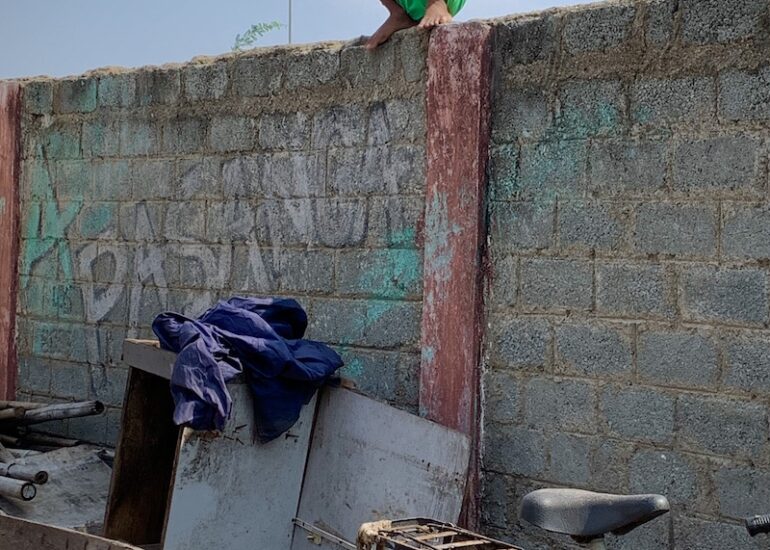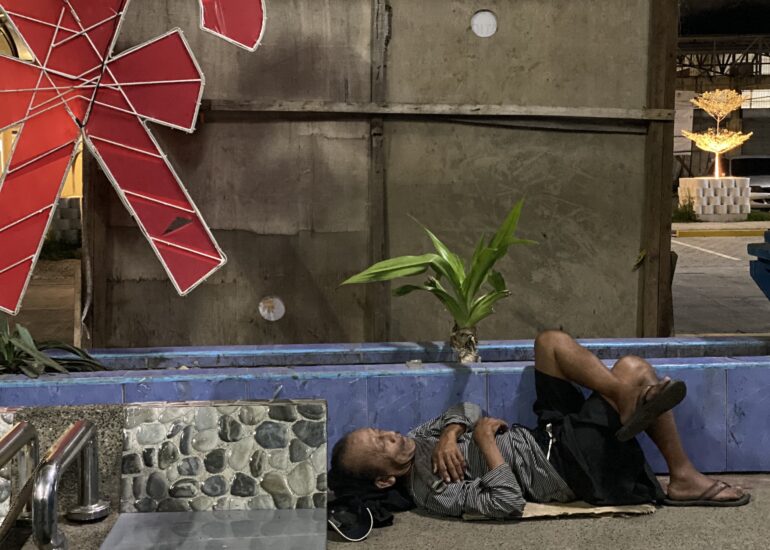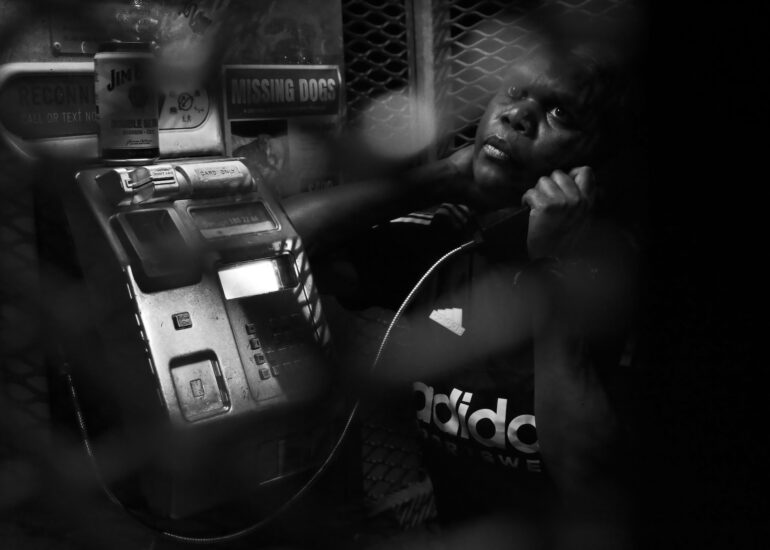Les mains du monde (2025 First Prize)
2025 First prize winner
Les mains du monde (2025 First Prize)
Photo Essay
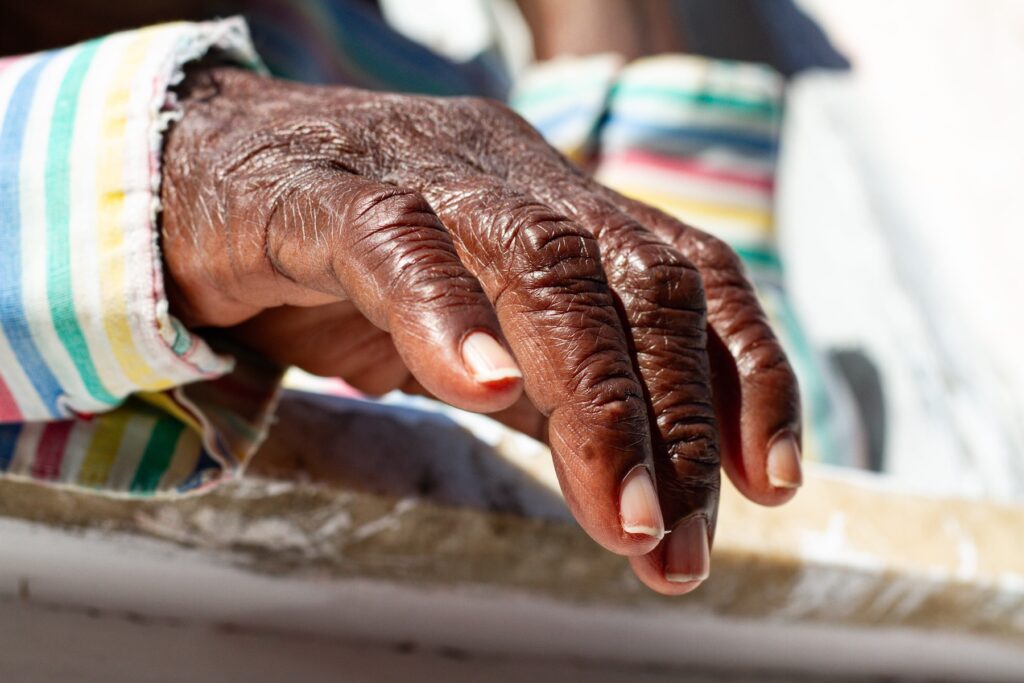
This image captures the weathered hand of the oldest woman in the quilombo community of Cachoeira, Brazil. Historically formed by enslaved Africans who resisted oppression, quilombos are enduring symbols of resilience and cultural preservation. This woman embodies the intertwining roles of care and spirituality, being both a midwife and a mãe de Santo, a spiritual leader in Afro-Brazilian Candomblé.
Sociologically, her hands tell a story of intersectionality, resilience, and the cultural production of identity. Drawing from Crenshaw’s theory of intersectionality, this elder’s positionality as a Black woman, midwife, and religious leader in a marginalized community represents a unique nexus of power and vulnerability. The lines and calluses on her hands symbolize decades of labor; both physical and emotional to sustain her community.
Midwifery in quilombo communities like Cachoeira carries profound social implications. It is a practice rooted in ancestral knowledge, often transmitted orally through generations. The role of midwives transcends biomedical functions, serving as a pillar of community cohesion and autonomy. In this context, her work challenges the hegemonic narratives of medical modernity by foregrounding traditional knowledge systems.This resonates with Michel Foucault’s concept of subjugated knowledge, wherein alternative epistemologies resist the dominance of institutionalized frameworks.
Equally significant is her position as a mãe de santo. Candomblé, a syncretic religion that fuses African spiritual traditions with Catholicism, has long been a site of resistance and identity preservation for Afro-Brazilian communities. As a spiritual leader, she acts as a guardian of collective memory and identity, countering centuries of cultural erasure.
Her hand, frozen in this image, speaks to the socio-historical processes of colonialism, resistance, and cultural resurgence. It symbolizes a life lived in service to both the physical and spiritual dimensions of her community. Pierre Bourdieu’s concept of habitus helps illuminate how her embodied practices; as a midwife and mãe de Santo; are shaped by and shape the social structures of Cachoeira. Her roles are not merely individual acts of care or spirituality but are deeply embedded within the collective habitus of the quilombo.
This photograph also invites reflection on the role of photography in documenting marginalized communities. In line with Rachel Tanur’s work, the image serves as both an artistic expression and a sociological artifact, challenging viewers to engage with the layered realities of race, gender, and spirituality. By focusing on her hands rather than her face, the photograph resists individualizing her story, instead situating it within a broader narrative of collective struggle and resilience.
In conclusion, this elder’s hands encapsulate a lifetime of service, resistance, and cultural preservation. They remind us of the enduring strength of quilombo communities and the indispensable contributions of women in sustaining their cultural and spiritual lifeways. This image and its sociological interpretation stand as a tribute to her life’s work and the ongoing struggle for recognition and equity among Afro-Brazilian communities.
Commentary on Rachel Tanur’s Works: Fish with Hands 1
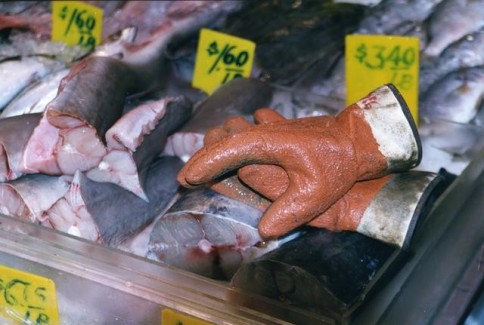
This photograph of a glove resting on a pile of fish captures a striking juxtaposition of human labor and commodified nature. At first glance, the image appears to document a mundane scene in a fish market. However, a closer analysis reveals its layered commentary on labor, globalization, and the socio-material relationships between humans and the environment.
The glove, though devoid of a hand, is a powerful proxy for human presence. It symbolizes the labor required to extract, process, and distribute fish in a globalized food economy. Drawing from Karl Marx’s concept of alienation, the photo encapsulates the estrangement of laborers from the products of their work. The glove, coated in what seems to be remnants of the fishing or handling process, reminds us of the often-invisible workers whose hands make the journey of fish from sea to consumer. The labor is rendered anonymous, with the worker’s identity erased, leaving only the tool behind.
Moreover, the photograph invites reflection on the ecological implications of industrial fishing. The display of fish parts, neatly categorized and stripped of their original form, underscores how natural resources are fragmented and decontextualized in the name of efficiency and profit. The glove’s presence also hints at the environmental toll of such practices, as industrial fishing often involves exploitative labor conditions and unsustainable methods. The viewer is left to question the cost of this neatly presented convenience, both to the workers and to the environment.
From a sociological perspective, the image also highlights the intersection of class and consumption. Fish markets, like the one depicted here, are often spaces where economic disparities are visible. The pricing tags in the background suggest a system of accessibility dictated by economic power, reinforcing Pierre Bourdieu’s notion of taste as a marker of social class. What is affordable or desirable in such markets is shaped by broader structures of inequality, linking individual consumption patterns to systemic issues.
Rachel Tanur’s choice to focus on hands (whether present or implied) aligns with her broader photographic project of foregrounding human labor and experience. The glove, though inert, is a testament to the tactile, physical engagement required to sustain food systems. Its stained surface bears witness to the often-overlooked human effort embedded in everyday commodities.
In conclusion, this photograph offers a rich sociological narrative about labor, consumption, and the commodification of nature. By centering the glove amid a backdrop of fish, Tanur compels the viewer to confront the hidden labor and ecological costs of the global food economy. The image serves as a visual reminder of the human and environmental sacrifices underpinning the modern marketplace.
Recently in Portfolio

